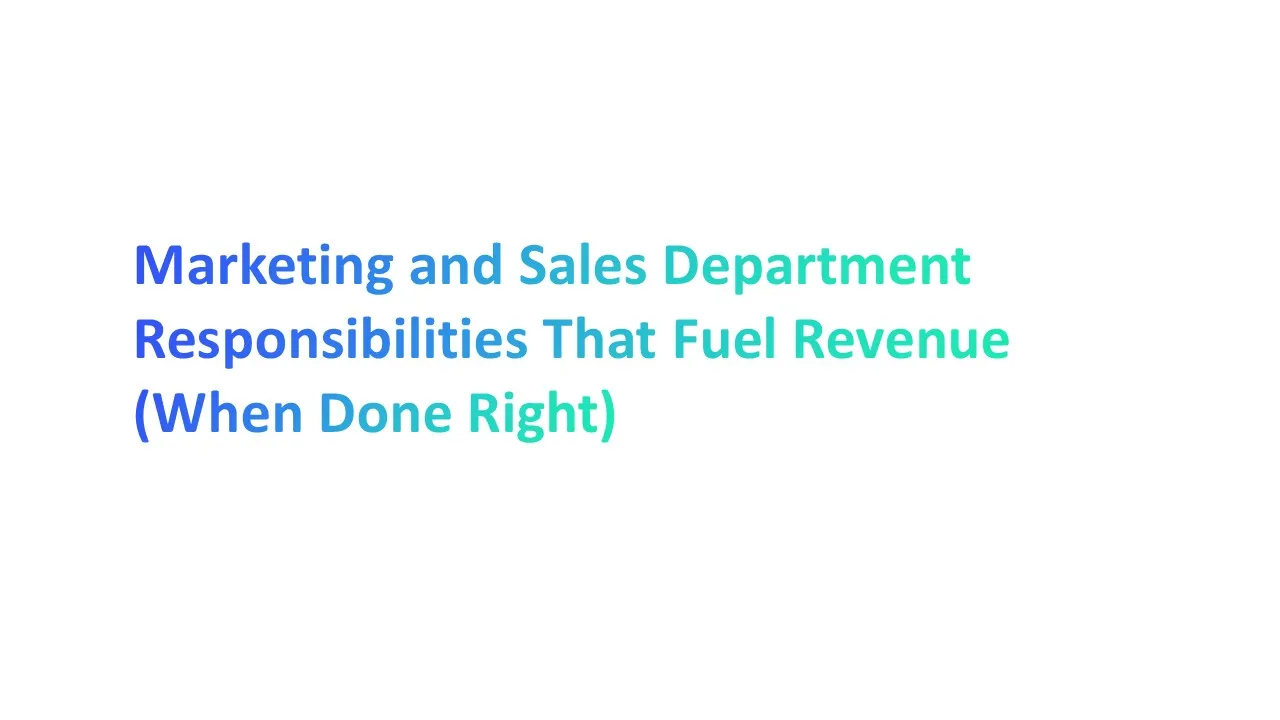The objectives have been established, the key performance indicators (KPIs) have been developed, and your spectacular cold email campaign with the right cold email subject lines are fully prepared to go.
By all appearances, you're so prepared that you already feel like you've accomplished your objectives. There's only one problem: you'll need to come up with a compelling cold email subject line to entice people to open the email.
You're not only fighting for their attention with other salespeople in their inbox, but also with thousands of other emails from coworkers, clients, advertising, and junk email. That implies you'll need to figure out how to stand out.
Separating out from the crowd is a difficulty that many people face nowadays, but it can be overcome.
Here are 10 tips that will help you frame the best cold email subject lines for your cold email outreach.
What is a Cold Email?
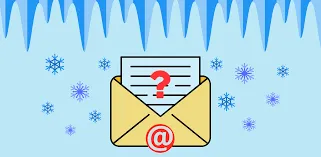
A cold email is a message sent to someone who doesn’t know you. It’s like introducing yourself to a stranger, but through email. Businesses use cold emails to connect with potential customers, partners, or job prospects.
Since the recipient isn’t expecting your message, the subject line is the first thing they see. It decides whether they open your email or ignore it. A strong cold email subject line increases the chances of your email being read. A great subject line grabs attention and sparks curiosity while staying relevant.
Importance of Using an Appropriate Cold Email Subject Line
Your subject line plays a crucial role in determining the success of your cold email. Below are a few reasons that make cold email subject line important:
1. First Impression Matters
Your subject line is your first impression. If it’s weak or unclear, your email might go unread. A catchy subject line grabs attention and makes the recipient curious.
2. Higher Open Rates
A good subject line increases email open rates. If your email isn’t opened, your message is wasted. Using personalized subject lines makes your email feel tailored to the recipient.
3. Avoiding Spam Filters
Emails with spammy subject lines often land in the spam folder. Avoid using words like “free,” “urgent,” or “limited time.” A professional email subject line helps keep your email out of the trash folder.
4. Setting the Right Tone
Your subject line sets the mood for your email. A formal tone works best for business emails. However, if your audience prefers a casual approach, you can keep it light and friendly.
5. Personalization Increases Engagement
People like emails that feel personal. Using the recipient’s name, company name, or mentioning a mutual connection makes your email more engaging. Personalized email subject lines show you did your research.
Addressing your prospect’s pain point in the subject line makes the email more relevant.
6. Boosting Response Rates
If your email gets opened, you have a better chance of getting a reply. Engaging subject lines spark interest and lead to conversations. A good subject line makes the recipient want to learn more. Compelling subject lines create curiosity and make readers want to learn more.
7. Standing Out in a Crowded Inbox
People receive hundreds of emails daily. A strong subject line helps your email stand out. Eye-catching subject lines with compelling words make your email hard to ignore.
Using attention grabbing subject lines helps your email stand out in a crowded inbox. Catchy email subject lines spark interest and encourage recipients to open your email.
An eye catching subject line can make the difference between an open email and one ignored.
Proven Tips for Cold Email Subject Lines
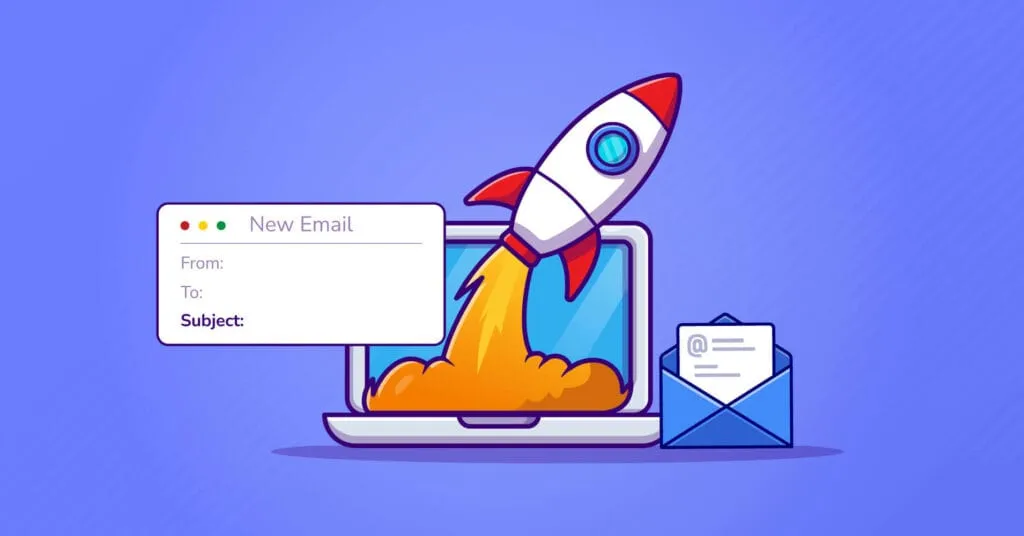
The best email subject lines balance clarity, curiosity, and relevance. Below are the tips you should refer to:
1. Personalize as much as possible
Your subject line, like the rest of your email, should be personalized. Give the receiver a synopsis of the contents of the email and address them by name.
Email personalization is now a need — as per Yes Lifecycle Marketing, tailoring your email topic may increase open rates by up to 50%.
Personalization 101 is using the prospect's or company's name within the subject line, which makes it more appealing. Why not make use of the fact that our brains are wired to search and hear for our names?
How to Do It:
Personalization can also prevent the email from coming across as spam, sales, or too common to be opened.
If you don't know much about the prospect, a quick Google search will turn up a LinkedIn profile with recent promotions, endorsements, and even company changes.
Alternatively, look for media releases, appropriate blog entries on their webpage, or company news to use as a starting point for a conversation.
Here are some effective subject line examples you can test in your outreach campaigns.
Example:"What would you alter about your company's culture, [First Name]?""Is Everything in place for [Company Name] to achieve the Q4 objectives?"
Do you have 5 minutes to spare, [First Name]?""Congratulations on your promotion, [First Name]," says the narrator.
2. Use succinct cold email subject lines
With the amount of email we receive on a daily basis, we're all pretty good at pulling out spam as well as sales email messages with a quick scan of the inbox.
Cold email subject lines that are lengthy; that run off the screen, you know what I'm talking about. A well-crafted subject line should only take a few words to get the point across.
Every letter in the alphabet is capitalized. They have a tendency to over-punctuate."Don't open me!" they're all screaming.
How to Do It:
Make an attempt to stand out from the crowd. You may do this by using only 3-4 words in your topic line. Keep your subject line as brief as possible. It Helps your content appear more casual and less sales-oriented.
Always write relevant subject lines, engaging, and personalized for better open rates.
It's also worth noting that mobile devices currently open and read 66 percent of all emails. If your subject line is too long, it may be cut off based on the technology and its settings. Studies show that short subject lines under 50 characters perform better on mobile devices.
Test Subject, a wonderful tool from Zurb, provides a nice feature that allows you to test the subject line on certain devices before sending it. However, if you maintain the subject line brief and conversational, complex tools aren't required.
Example: "Do you require assistance?""Take my sales plan and go with it.""Do you want to come?" "How close are you?"
3. Keep it as casual as possible
If you go through your mailbox, you'll see that the email subjects are highly professional and organized. Those that are blatantly marketing or selling anything should be archived or, worse, tagged as spam.
How to Do It:
You should try to keep everything as informal as possible, just like you should keep it as casual and simple as possible.
It might be tough to come up with methods that make your subject line unique among the bulk, but using all lowercase characters is one of the easiest ways to do it.
Alternatively, write it as if you're sending emails to somebody you have known for a while, such as a buddy, parent, or long-time coworker.
You could even want to start with the setup for a humorous line(just make sure you deliver that punchline).
Example: "The next steps for us""Quick inquiry," says the narrator, "you know you're in medical sales when..."
4. Don't Forget About Snippets
Even if it's just a few lines of text displaying a sample of the email's content, it may make or break your open rate. Take a minute to personalize it and demonstrate that you've done your study.
Because many email systems show a preview of the email's contents, properly structuring the email's opener might assist give them that final push to open it.
How to Do It:
If the subject line is lengthy, the additional words will frequently overflow and take the place of your email snippet.
Whatever you do, remove any whitelisting requests, unsubscribe links, or another housekeeping language from the top of your email that may get up in your snippet by accident.
To make the information look more tailored-made, the snippet can transmit discussion that can be modified with their name or the day of the week.
It can start with a provocative inquiry, pique your interest with an interesting statement, or even offer you the opening line of a tale.
Example: "Have a wonderful Thursday, [First Name]!" Would you like to watch me start a business?" "If you had a magic wand...," says the narrator.
5. Make a Dot-to-Dot Connection
The initial suspicion of sales emails may be overcome by demonstrating a relationship between you and the receiver.
How to Do It:
It might be anything as simple as shared involvement in a recent event, a shared link, or even membership in the very same group, club, or organization.
When perusing their inbox, individuals are programmed to hunt for recognizable names and terms, similar to how you may personalize your email by mentioning their name.
Try mentioning in the subject line that they just attended a conference that you also attended. If you have a shared link, whether it's a buddy, a neighbor, or a reference, make it a point to mention it.
Everything that can be done to develop a relationship or build trust right away will help you get your email opened.
Example: "[Mutual Connection Name] suggested I contact you." "We met at the Growth Marketing Conference," says the narrator."How about a cup of coffee after the [Mutual Membership Meeting]?"
6. Use segmentation to make your content more relevant.
A broad-based cold email campaign will always be less successful than one that is specifically targeted. Consider how busy individuals deal with overflowing inboxes. You aren't paying attention to everything.
You're scrolling through messages, seeking those that seem to be addressed to you specifically. According to the DMA, segmented email marketing has given 760% increase in revenue.
This is because segmentation provides the appearance that the email was addressed only to them.
How to Do It:
Mentioning details about the recipient's location, demographics, previous purchases, behavior, industry, usage, and more may all be used to generate that immediate impression.
Example "We've prepared a list of new Dallas restaurant recommendations specifically for you.""Fix your [particular industry issue] right now."
Adding ‘Just a friendly reminder’ can make your follow-up emails feel less pushy.
7. Don't Be Afraid to Try New Things
Try your hand at some experiments of your own.
How to Do It:
Keep track of your open rate, answers, conversions, and other key metrics to determine whether your new strategy is worth retaining or abandoning entirely.
Then go on to your next concept and put it to the test. Rinse and repeat as necessary, and never stop testing. People innovated, which is how all the best practices came to be.
See what happens if you include emoticons or symbols in the cold email subject lines of generally polished and mature cold emails.
Experian discovered that symbols in cold email subject lines had a greater distinct open rate in over 56 percent of the brands studied.
Remove the topic line from the equation.
8. Demonstrate your sincerity
We've been setting out the best practices for how you should accomplish things up to this point. But, on this final comment, let's flip the script and talk about what you shouldn't do.
What to Avoid:
You'll come out as untrustworthy and false if you don't live up to whatever amazing subject line you end up composing.
Hacks and one-liners abound on the internet, and they may "fool" people into reading your email.
Don't be that person (or gal). Using shortcuts and gimmicks might make people feel duped, shattering any trust or credibility you may have. So it doesn't work.
It's quite difficult to get the credibility and extremely simple to destroy it, so don't take that chance.
9. Make a concerted effort to be of assistance.
"Would I open this email based just on the subject line I wrote?" ask yourself before sending an email. Return to the drawing table if the answer is no.
Every email in a cold email campaign must be valuable and relevant to the receiver in order to create an effect.
People admire usefulness, which is why this strategy works. While tricking someone into opening your email can get it opened, revealing the truth and discovering you've wasted their time might inflict permanent damage.
When it comes to cold email marketing, you only have one chance to create a good first impression, so make sure your body text backs up what you're saying in the subject line.
How to Do It:
Every email in a cold email campaign should offer something useful. Whether it’s insightful industry knowledge, a helpful solution, or an exclusive opportunity, ensure that the recipient benefits from reading it. People appreciate genuine assistance, and providing value builds credibility.
Tricking someone into opening an email with a misleading subject line may work initially, but if the content does not match their expectations, it can lead to frustration and a negative impression of your brand.
Since first impressions matter in cold email marketing, your email body must support your subject line’s promise. Start with a clear and relevant introduction, followed by a concise explanation of how you can help.
Keep the content direct, easy to read, and action-oriented. Show empathy by acknowledging the recipient’s challenges and demonstrating how your solution can make a difference. End with a strong, personalized call to action that encourages further engagement.
Avoid clickbait tactics—while they may increase open rates momentarily, misleading a recipient can damage trust and hurt future engagement.
10. Cold email Subject Lines with a Sense of Humor
People enjoy a good chuckle, so why not include a joke in your subject line now and then?
While this method can be effective in breaking the ice, keep in mind that it isn't for everyone. For starters, be sure you're truly humorous. Leave this one to the pros if you don't have a sense of humor.
Why It Works: The subject line of an email determines whether it gets opened or not. Knowing that people will rate your email solely based on these criteria implies you must catch their attention straight immediately.
What better method to pique people's interest than with a joke? At the very least, you'll get them to open the email and listen to the punchline.
How to Do It:
To effectively integrate humor into your subject lines, keep it light and universally relatable. Avoid controversial or overly complex jokes that might confuse or offend the reader.
The goal is to create a moment of amusement that makes the recipient more inclined to open your email. Puns, playful exaggerations, or self-deprecating humor can be effective without being too risky.
For example, a subject line like “This email is funnier than your last meeting... promise!” can grab attention without being inappropriate.
When using humor, always ensure that the body of your email follows through on the subject line’s promise. If your subject line makes the recipient smile, but your email content is dry or unrelated, it can create disappointment.
Instead, maintain a conversational tone and transition smoothly from the joke into the value proposition.
This balance ensures that your email is engaging while still achieving its goal—whether that’s scheduling a meeting, introducing a product, or fostering a business relationship.
Lastly, test your humorous subject lines. Not all audiences respond the same way, so A/B testing different styles of subject lines can help you determine what works best for your recipients.
Monitor open rates and engagement levels to refine your approach and maximize the effectiveness of humor in your cold email strategy.
The Role of Personalization in Subject Lines
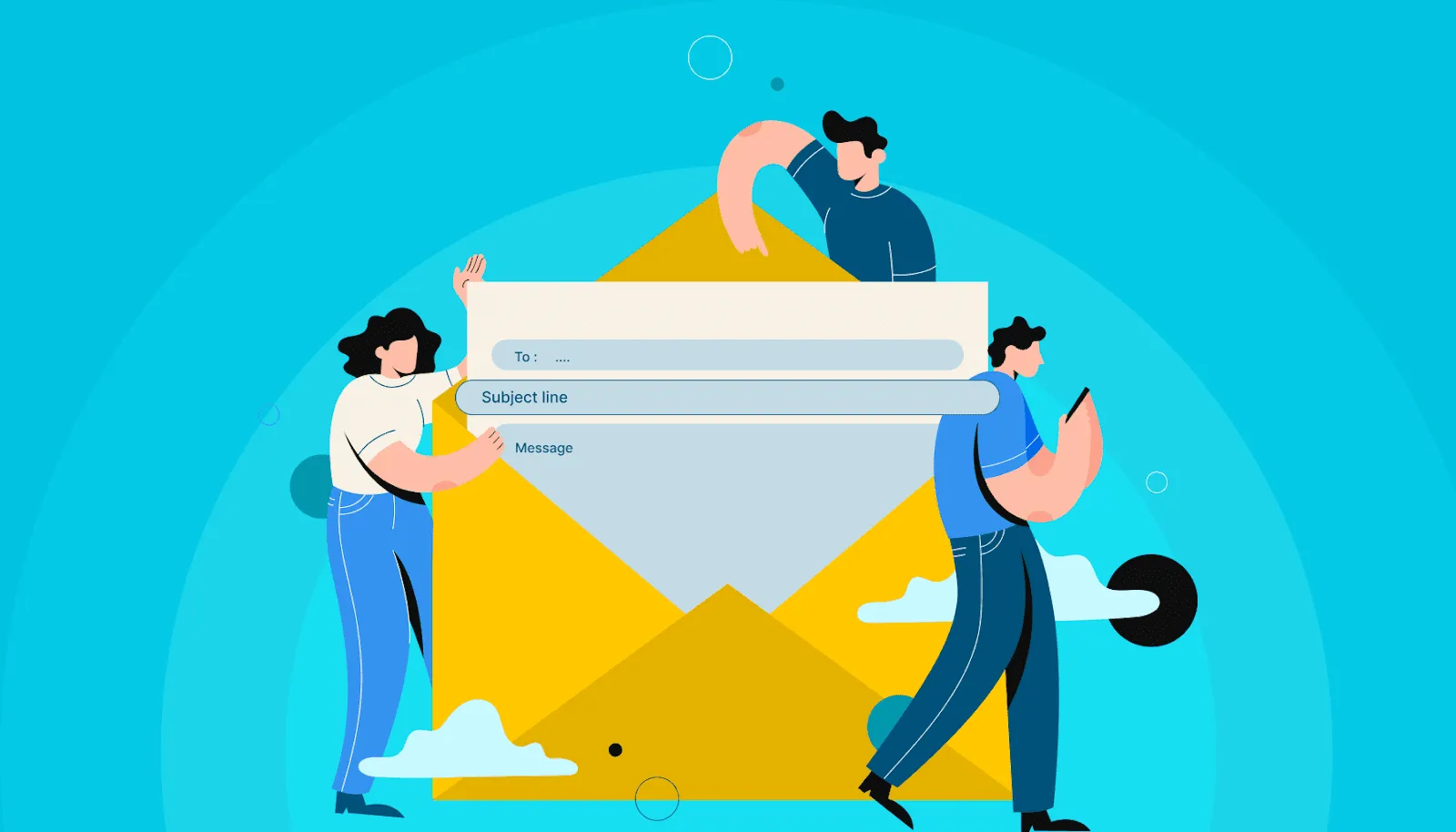
Personalization grabs attention quickly. When an email includes the recipient's name or company name, it feels more relevant.
Studies show that emails with personalized subject lines see up to a 26% increase in open rates. This small change can make a big difference in whether your email is read or deleted.
Another key benefit is avoiding spam filters. Generic and spammy subject lines are often flagged, pushing your email into the junk folder. By adding a personal touch, such as the recipient’s industry or past interactions, you can improve email deliverability and make sure your message reaches the right inbox.
Personalization also helps increase engagement. When people see a subject line that speaks directly to them, they are more likely to open and reply. A well-crafted subject line shows that you’ve done your research and that your email is not just another mass message.
To personalize effectively, start by using the recipient’s name in the subject line. For example, John, a quick question for you feels more personal than a vague subject. You can also mention their company name, such as Boosting sales at ABC Corp.
If you have a mutual connection, referencing them can build instant trust ([Mutual Contact] suggested I reach out).
Lastly, addressing a pain point can spark interest. A subject like Struggling with low email open rates? makes the reader feel like you understand their challenges.
How to Avoid Spammy Subject Lines and Trigger Spam Filters
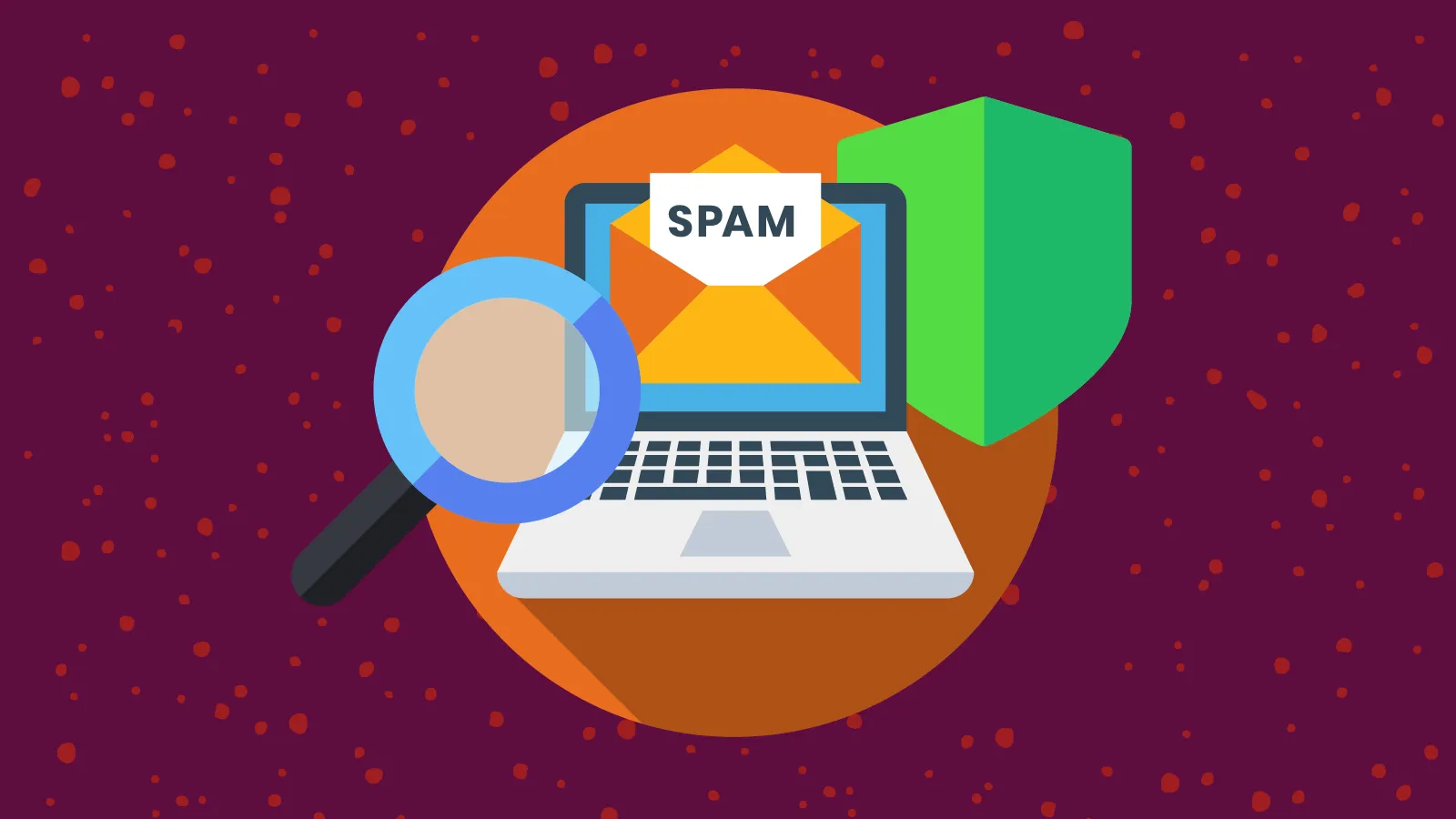
1. Avoid Overused Spam Trigger Words
Certain words make emails look like spam. Words like “free,” “guaranteed,” “urgent,” and “limited-time offer” are common triggers. Email providers scan for these words and may send emails straight to the spam folder.
How to Avoid It:
- Replace spammy words with more natural phrases.
- Instead of “Limited-Time Offer,” try “Exclusive Deal for You.”
- Use clear and professional language that adds value to the reader.
2. Don’t Use Excessive Punctuation or Symbols
Using too many exclamation marks, question marks, or special characters can make your email look suspicious. Subject lines like “Hurry!!! Act Now!!!” or “WIN $$$ NOW” can trigger spam filters.
How to Avoid It:
- Use one punctuation mark per subject line, if needed.
- Avoid capitalizing the entire subject line.
- Keep it natural and professional.
3. Keep Subject Lines Short & Relevant
A long and vague subject line can hurt your open rates. Email providers often cut off subject lines that are too long. Readers also prefer short, clear subject lines.
How to Avoid It:
- Keep subject lines under 50 characters for better readability.
- Make sure they relate to the content of the email.
- Personalize them with the recipient’s name or company.
4. Don’t Mislead or Overpromise
Misleading subject lines make false claims or exaggerate. Examples include "You’ve Won a Free Vacation!" or "Urgent: Your Account is at Risk!"
How to avoid it:
- Be honest. If you offer a special deal, make sure it’s real.
- Don’t use clickbait like “You Won’t Believe This Offer!”
- If you promise something in your email subject line, deliver it in the email body.
False promises lead to lower open rates, lost trust, and more emails marked as spam.
5. Maintain a Healthy Text-to-Link Ratio
Spam filters flag emails that contain too many links and too little text. If your email subject line includes links, it may appear spammy.
How to avoid it:
- Keep a healthy balance between text and links.
- If including a link, use it naturally within the email, not in the subject line.
- Avoid linking to unfamiliar websites or using shortened URLs (like bit.ly), as spam filters flag them.
A balanced email looks more professional and avoids triggering spam filters.
6. Avoid ALL CAPS
Emails with subject lines in ALL CAPS look aggressive and spam-like.
How to avoid it:
- Use proper capitalization: “Meeting Request with [Company Name]” is better than “MEETING REQUEST NOW!”
- Avoid excessive exclamation marks!!!
- Write in a natural, professional email subject line style.
Emails in ALL CAPS often end up in the spam folder. A natural tone improves open rates and helps build trust.
7. Optimize Your “From” Name & Email Address
Your "From" name and email address tell the recipient who you are. If they don’t recognize you, they might ignore or delete the email. Worse, they could mark it as spam.
How to do it right:
- Use your real name or company name. "John from XYZ Marketing" looks better than "Sales Team."
- Avoid using generic emails like no-reply@company.com. Instead, use a personal email, such as john@xyzmarketing.com.
- Keep it professional. Emails with random numbers and characters (e.g., deals12345@abc.com) look suspicious.
- Make sure your domain is verified and not blacklisted. Email providers flag unknown or fake domains.
A trusted sender name increases open rates. People are more likely to open an email from someone they recognize. Gmail and Outlook also use your email reputation to decide if your message belongs in the inbox or spam folder.
8. Keep It Conversational, Not Salesy
People don’t like reading pushy sales messages. If your subject line sounds like an ad, it may never get opened.
How to do it right:
- Write like you're talking to a real person. Example: "Quick question for you, Mark" sounds natural.
- Avoid clickbait. "You won’t believe this amazing deal!" is spammy and misleading.
- Ask questions. Subject lines like "Is this a challenge for your team?" encourage engagement.
- Use friendly, professional language. Overuse of words like "limited time," "free," or "urgent" can trigger spam filters.
A conversational tone builds trust. People are more likely to read an email that feels genuine. The goal is to create a real connection, not just sell something.
How to Test and Optimize for Higher Open Rates
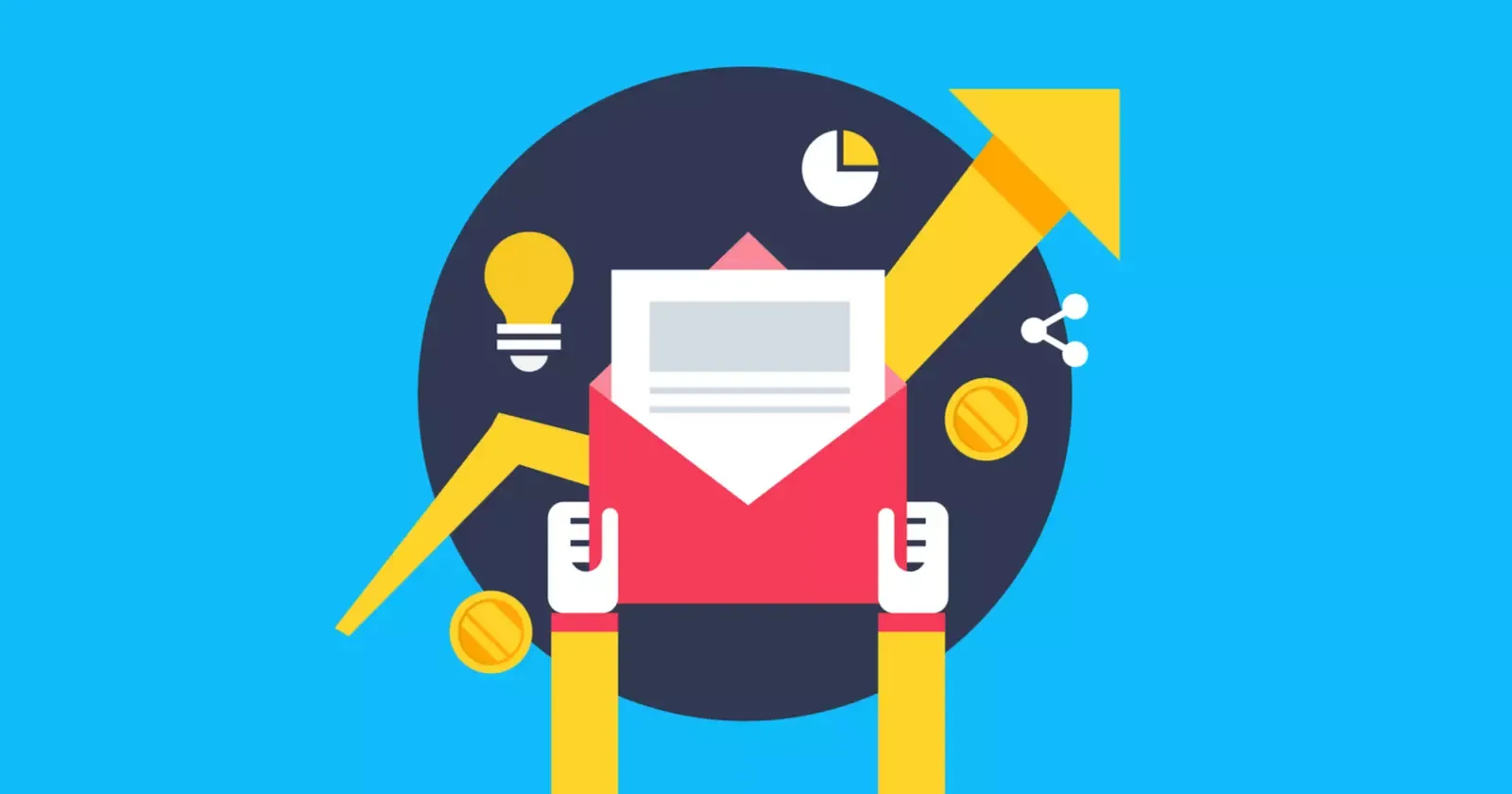
Your first subject line sets the tone for your entire email campaign.
1. A/B Test Different Subject Lines
A/B testing means sending two versions of your email subject lines to see which one performs better. It helps you understand what makes people open your email.
How to do it:
- Pick two subject line variations. Example:
- Version A: “Quick question about [Company Name]”
- Version B: “Meeting request for [Company Name]”
- Send each version to a small group of email recipients.
- Track which one has the higher open rate.
- Use the best-performing subject line for the rest of your emails.
Testing different subject lines helps you find what resonates best with your audience.
2. Test Send Times & Days
The time and day you send your emails impact open rates. Testing different schedules helps you find the best time to reach your prospects.
How to do it:
- Send emails at different times of the day:
- Morning (8 AM - 10 AM)
- Midday (12 PM - 2 PM)
- Evening (6 PM - 8 PM)
- Try sending on different days:
- Tuesday and Thursday often get higher open rates.
- Mondays and Fridays tend to have lower engagement.
- Track which time and day get the best results.
3. Test Different Tone & Style
Some subject lines sound friendly, while others are more direct. Which one works better? You won’t know unless you test.
What to Do:
- Try different tones, like casual, professional, or urgent.
- Test humor, curiosity, or a direct approach.
- Compare short email subject lines with longer ones.
- Use A/B testing to see what your audience likes.
A friendly tone may work better for warm prospects, while a direct, professional tone may suit cold emails. Testing helps you adjust your sales email subject lines for better open rates.
4. Leverage Preheader Text
A preheader text is the short preview that appears next to the subject line in your inbox. Many ignore it, but it can impact email open rates.
What to Do:
- Summarize the email in one short, catchy sentence.
- Use it to add value or a reason to open the email.
- Make sure it supports your email subject line.
A strong preheader text can boost open rates by reinforcing your message. If your subject line grabs attention, the preheader convinces people to click.
5. Avoid Spam Triggers & Test Deliverability
Spam filters are smart. They scan cold email subject lines for spammy words, symbols, and formatting.
What to Do:
- Avoid words like "free," "limited-time offer," or "urgent."
- Don’t use ALL CAPS, too many exclamation marks!!!, or symbols like $ or %.
- Run your email through a spam test tool before sending.
- Check how different email providers (Gmail, Outlook) handle your email.
If your subject line triggers spam filters, your email may never reach the inbox. Testing ensures better email deliverability and open rates.
6. Analyze & Iterate Based on Data
Testing your cold email subject lines is not enough. You must analyze the results and improve them.
What to analyze:
- Open rates: This tells you how many people opened your email.
- Response rates: This shows if your subject line encourages replies.
- Click-through rates: If you have links in your email, check if people are clicking them.
How to improve:
- Look for patterns – Are certain words or styles working better?
- Adjust your strategy – If open rates are low, change the approach.
- Use A/B testing – Compare two subject lines and choose the best one.
- Track email performance – Tools like HubSpot or Mailchimp can help.
👉 Example: If your email subject line asks a question and gets more opens, try using more questions in the future.
7. Test Curiosity-Driven vs. Direct Subject Lines
Some cold emails work better when they spark curiosity. Others perform well when they are direct and to the point.
Curiosity-driven subject lines:
- Make the reader curious.
- Hint at something valuable inside the email.
- Example: "You won't believe what we found about [Prospect's Company]"
Direct subject lines:
- Tell the reader exactly what to expect.
- Work well when the offer is clear.
- Example: "Meeting Request: Let's Discuss [Specific Challenge]"
How to test:
- Send half of your emails with a curiosity-driven subject line.
- Send the other half with a direct subject line.
- Compare the open rates and adjust your strategy.
In Conclusion
AB test new cold email subject lines, body text, and entire campaign sequences to improve your copy and entire outreach approach. Personalization is critical to a successful outreach plan, but it's only one part of the equation.
There is no universally effective subject line for cold email marketing. It's all about dozens of tests, business relevance, and a little ingenuity.
However, the strategies outlined in this article will assist you in crafting the perfect subject line that increases your open rates.

.webp)



.webp)

